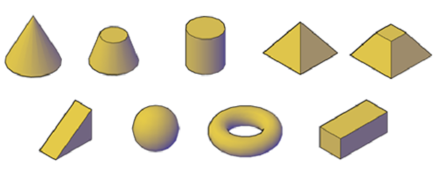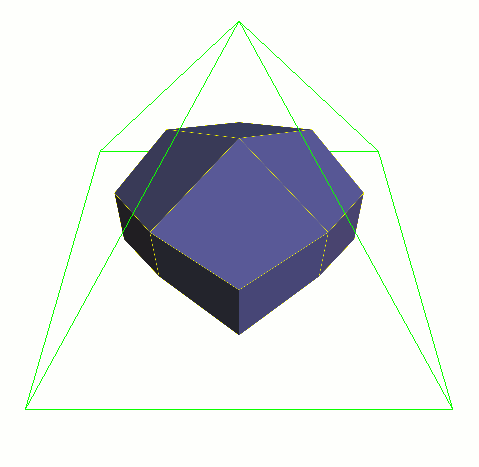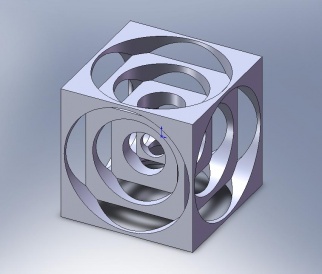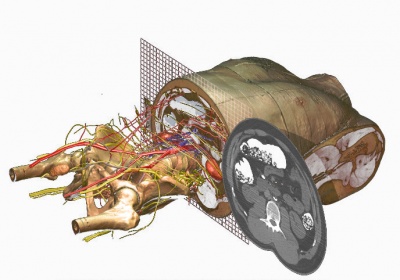Any boundary defined by a mathematical function results in a smooth and continuous surface.
Continuous Surfaces
Rational Surfaces
Many surfaces may be described by well-known equations, and are often controlled by the relevant geometric properties. Planes, cylinders, cones, spheres are often defined in this way in CAD packages, which express them as unique objects rather than general surfaces, and offer direct control over properties such as their radius, axis, or dimensions.
Classical Surfaces
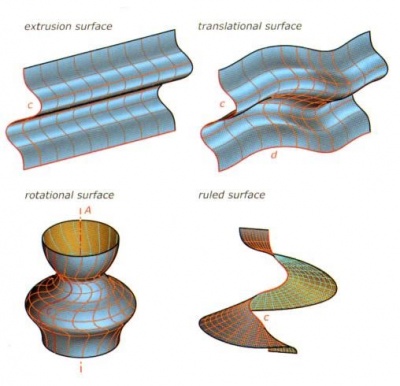
Free-Form Surfaces
So-called free-form surfaces are generally described by some sort of interpolation function through a set of control points. There are many such functions, but the most prevalent by far in architectural applications are NURBS, which are discussed in detail below.
